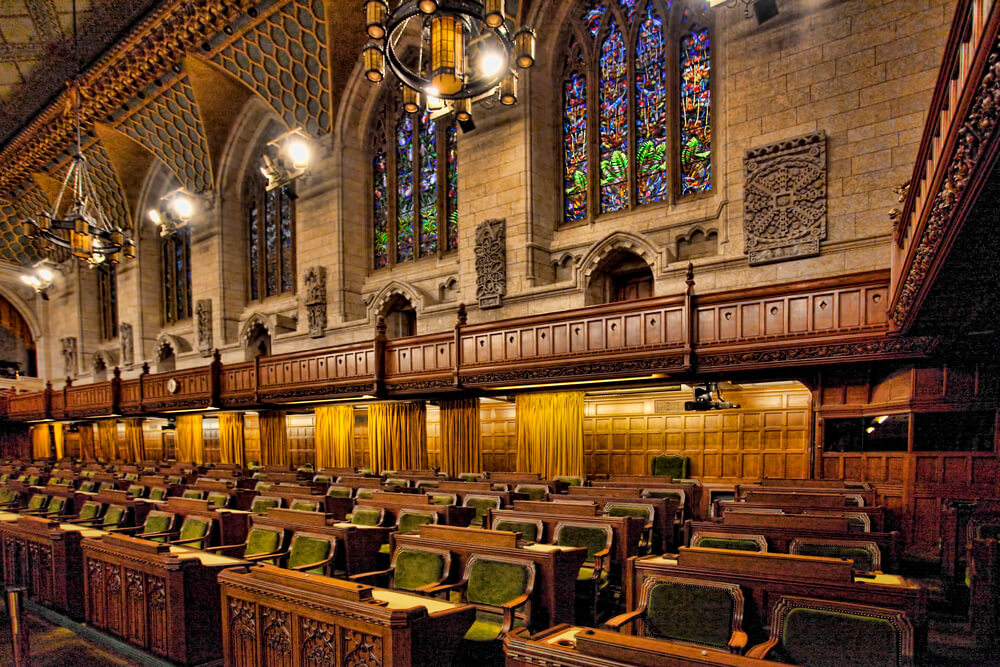Recent elections have resulted in increases in the number of women, racialized and Indigenous people holding political office in Canada. That’s good news, but we’ve a long way to go. Elected institutions still do not reflect the demographic make-up of the populations they claim to represent. These representational gaps are a clear indicator of democratic inequality.
Political parties have many of the tools they need to increase this shortfall, but rather than being a gateway into politics, parties are frequently the gatekeepers. It’s time this changed.
Political parties are the central pressure point in any effort to address electoral under-representation. The problem isn’t likely voter bias: Canadians tend to base their vote choice on party and leader preference, and this inclination tends to override all but the strongest prejudices against local candidates. There also isn’t a shortage of qualified candidates, but parties frequently under-estimate the electoral potential of those who don’t fit the mould.
If all parties nominated more diverse candidates in winnable districts, elected institutions would be more representative.
In the lead-up to Ontario’s most recent election, commentators pointed to the high number of women and racialized candidates, including many with immigrant and minority backgrounds. But when the votes were counted, the legislature’s gender composition remained stalled at just 39 per cent women.
What happened?
We need to look beyond aggregate candidate “diversity” numbers. It’s not just who parties nominate, but also where they run. Realizing it is electorally advantageous, some parties have attempted to recruit more diverse candidates, but women continue to be disproportionately nominated in ridings that the party has no hope of winning. This isn’t inclusion.
And although there has been some progress in the right direction, it’s not enough, and it hasn’t been across all parties at all levels of government.
For example, in the lead-up to the Ontario election, the provincial Liberals set aside 22 ridings and designated them women-only nomination contests, which guaranteed the party’s nominated candidates in these ridings would be women. In the end, the party’s dismal electoral fortunes meant they only eked out victory in one of these designated ridings, but polling indicates this was more a rejection of the party and the leader than the individual candidates.
If all parties committed to nominating more women in winnable ridings, the demographic makeup of our elected institutions would shift.
International evidence confirms the key role that parties can play.
In 2005, Britain’s Labour Party introduced legislation that permits parties to use all-women shortlists to achieve gender equality in parliament. In the 2019 election, 51 per cent of the party’s elected MPs were women. There is no evidence voters punished Labour for using a positive discrimination measure, and the selected women are every bit as qualified as other candidates, often even more so.
There is a straight line between more equitable nomination practices and increased gender representation. Political parties that are serious about democratic equality should take note.
But parties need to think about diversity beyond gender.
In Canada, the primary beneficiary of most diversification efforts are white women. Federally, my own research shows racialized candidates come forward for party nomination in numbers that exceed their share of the population, but parties still show a preference for white candidates, even in some of the country’s most diverse ridings. And even when they nominate more diverse slates, parties nonetheless funnel more money to prototypical white, male candidates.
Without financial and organizational support, candidates are being set up to fail.
Politics is increasingly seen as inhospitable. Electoral engagement is at an all-time low. If parties wait to see which candidates knock on their door and want to run, chances are it will be one of the usual suspects. The time to think about candidate recruitment and organizing is now: not just at election time or the few frantic months that precede it.
Enough handwringing. Parties need to recognize their role and commit to action. To open the gates, parties must proactively identify, recruit and support a more representative slate of candidates with money and organizational capacity in ridings where they can actually win.
Photo courtesy of DepositPhotos




